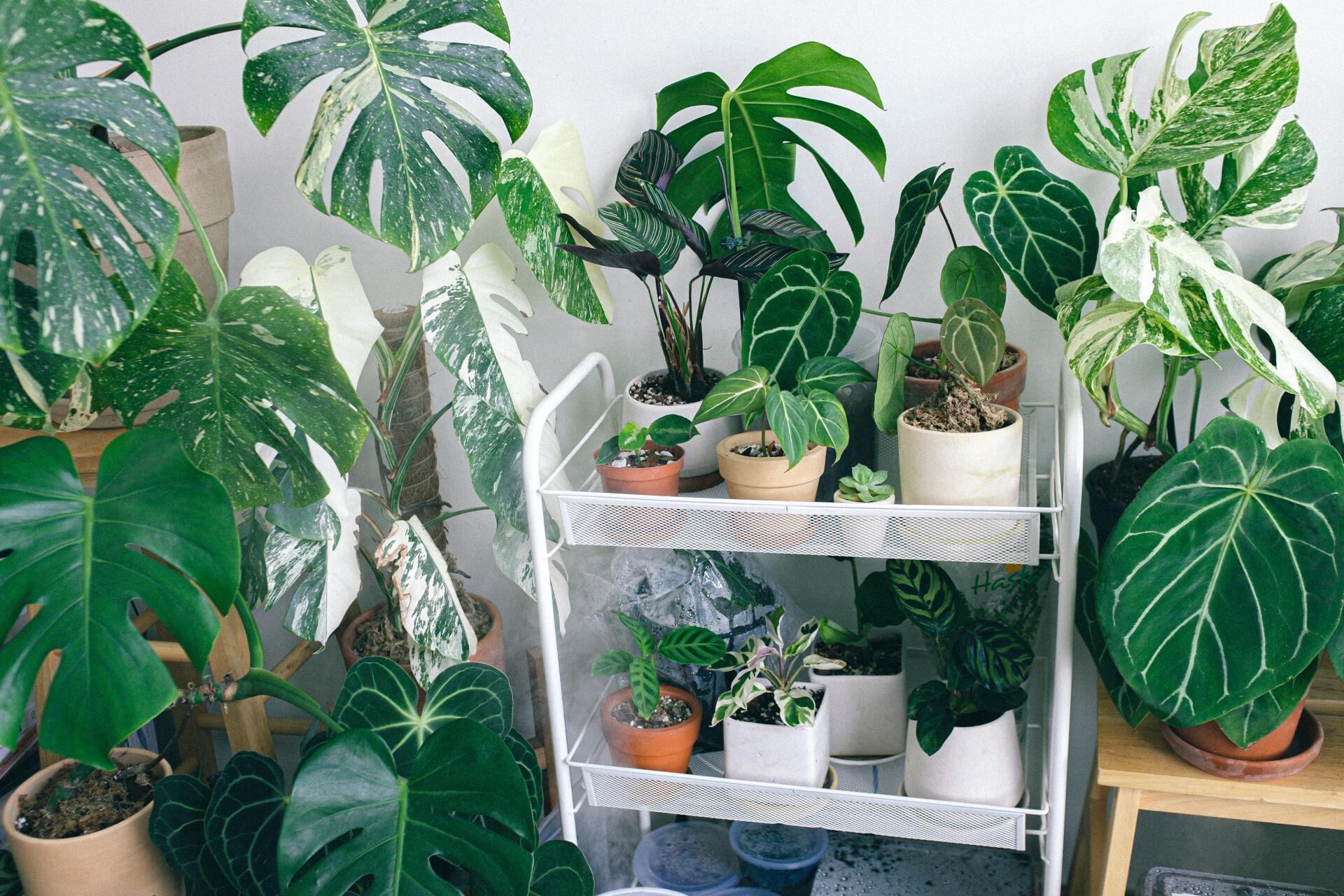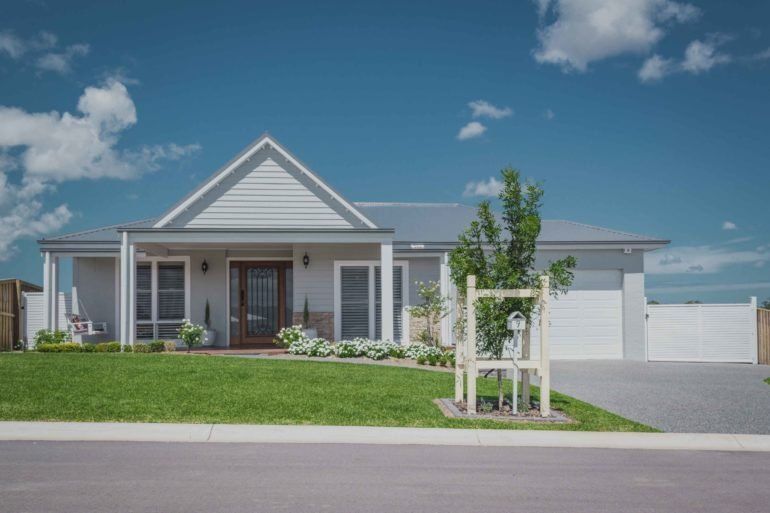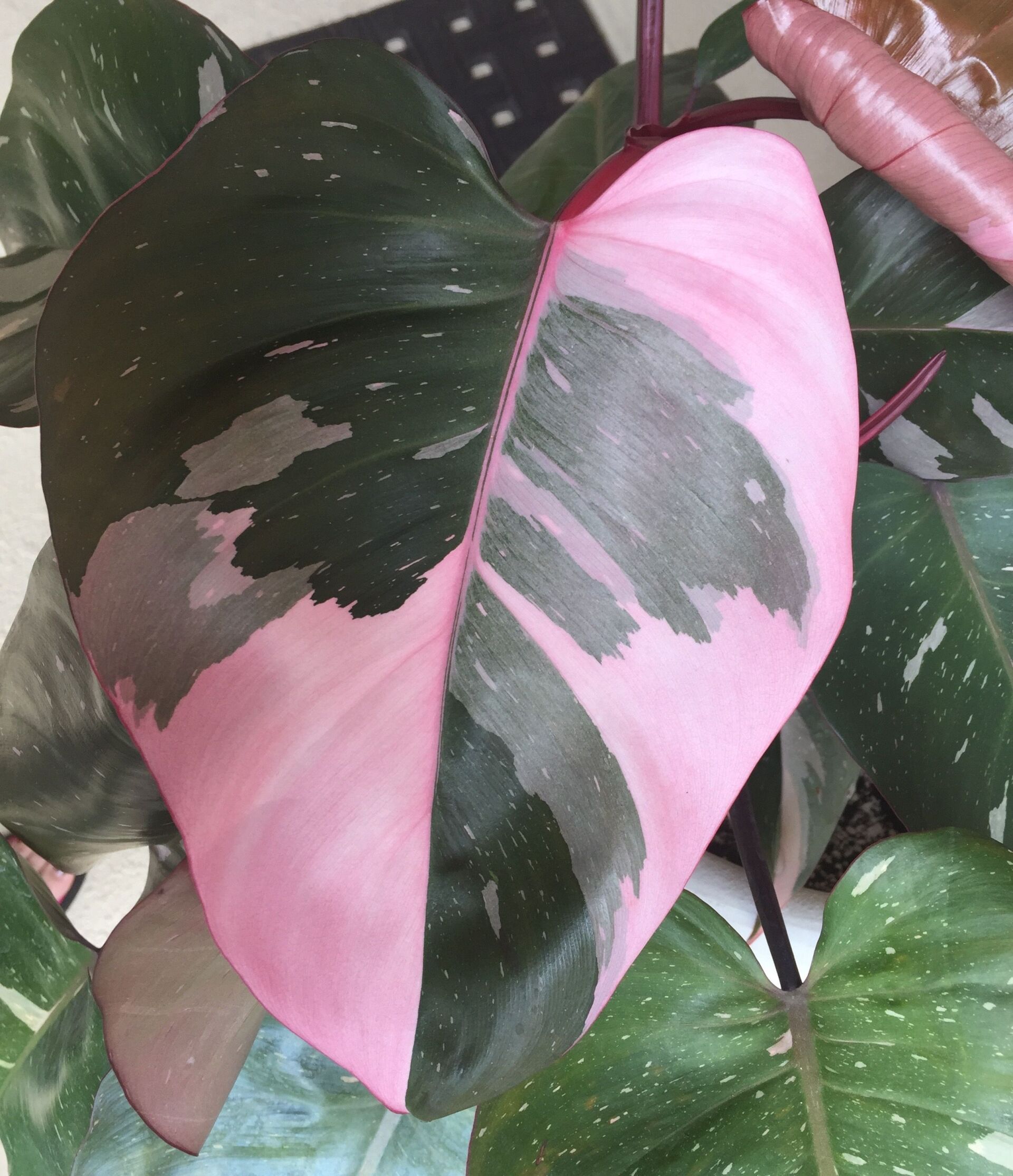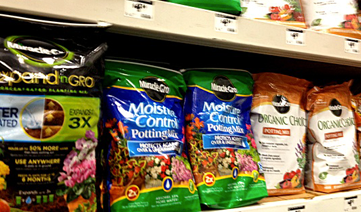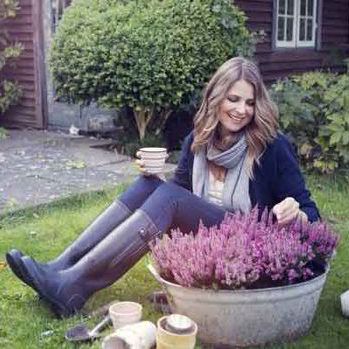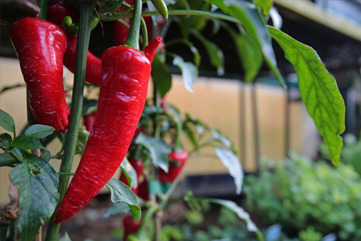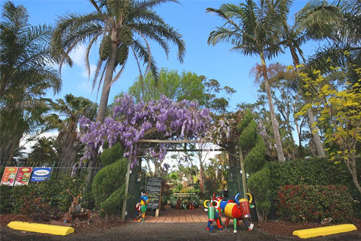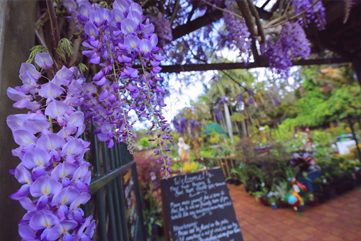Soil Preparatation
Soil has many different components, some of the main ones you may be familiar with such as sand, silt, organic matter and clay, of course it’s a little more complex than this with regards to some particular plants though here’s a brief starter guide to planting in each type of soil.
Soil quality
– Some soil content but still sandy and/or quality of soil is not that fantastic
Add in some composted (this is very important, more on this in a minute) mulch & compost mix, this will add much needed nutrients to the soil which will aid in getting the plants established.
Soil quality – Very sandy (more sand than soil)
As above add in some composted mulch &; compost mix. Also add in some premium garden mix which will bulk up the actual soil content, premium garden mix is also what you would use for when you need to raise up the level of the garden bed (as mulch and compost will break down over time, it won’t suffice on its own).
Soil quality – Clay in your soil
Don’t be scared by clay most of the nutrient exchange that occurs within your soil happens so around the clay particles. It also helps aid soil structure and water retention. So clay is a great component to have present. The problem is, those that realise they have clay generally have a soil laden with it. So unless you plan on starting a backyard pottery barn you may need to be address the issue to help your plants.
Excess clay can pose a few problems, mainly surrounding drainage and water retention. Most plants hate to have wet feet and this can severely affect growth and even lead to plant death. If manually breaking up the clay isn’t possible (or fitting with your weekend plans) try a ‘water on clay breaker’ or gypsum. Alternatively look into plants that like wet feet and excessive damp periods.
**When adding in any of the above, be sure to mix through each component with your current soil to ensure that when the roots do finally reach the existing soil they don’t freak out!
**When we refer to ‘composted’ above, this means a mulch and compost that has had plenty of time to break down before being added to the garden. Fresh compost or manure from the local farm is a great bargain but not always appropriate to plant with straight away as it can be too harsh and burn the roots of your plants. (Eeek!) How long it will need to break down is too hard to estimate for the purpose of this article, lets just say a long while and then some
The post Soil Preparatation appeared first on Plant Trade Nursery.

